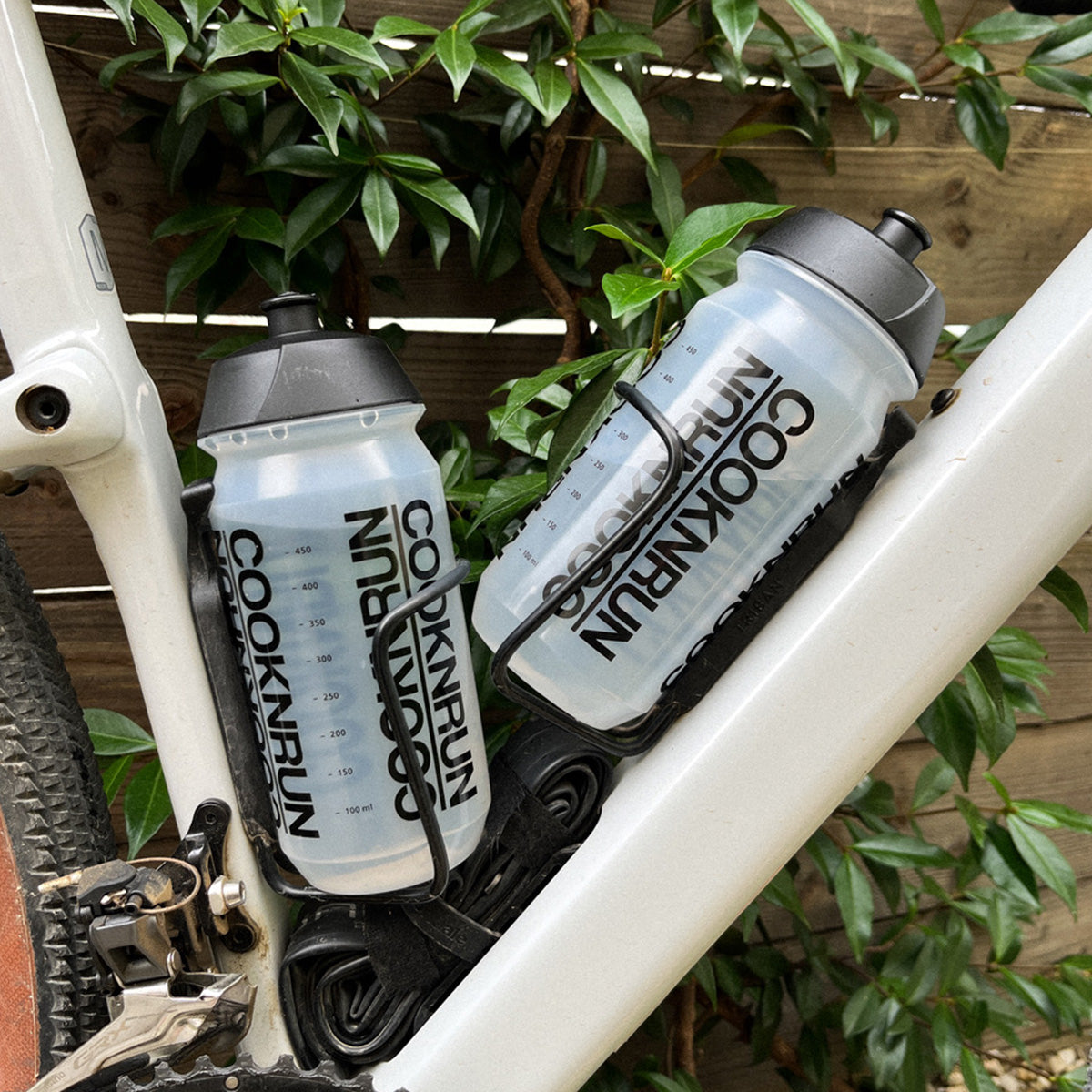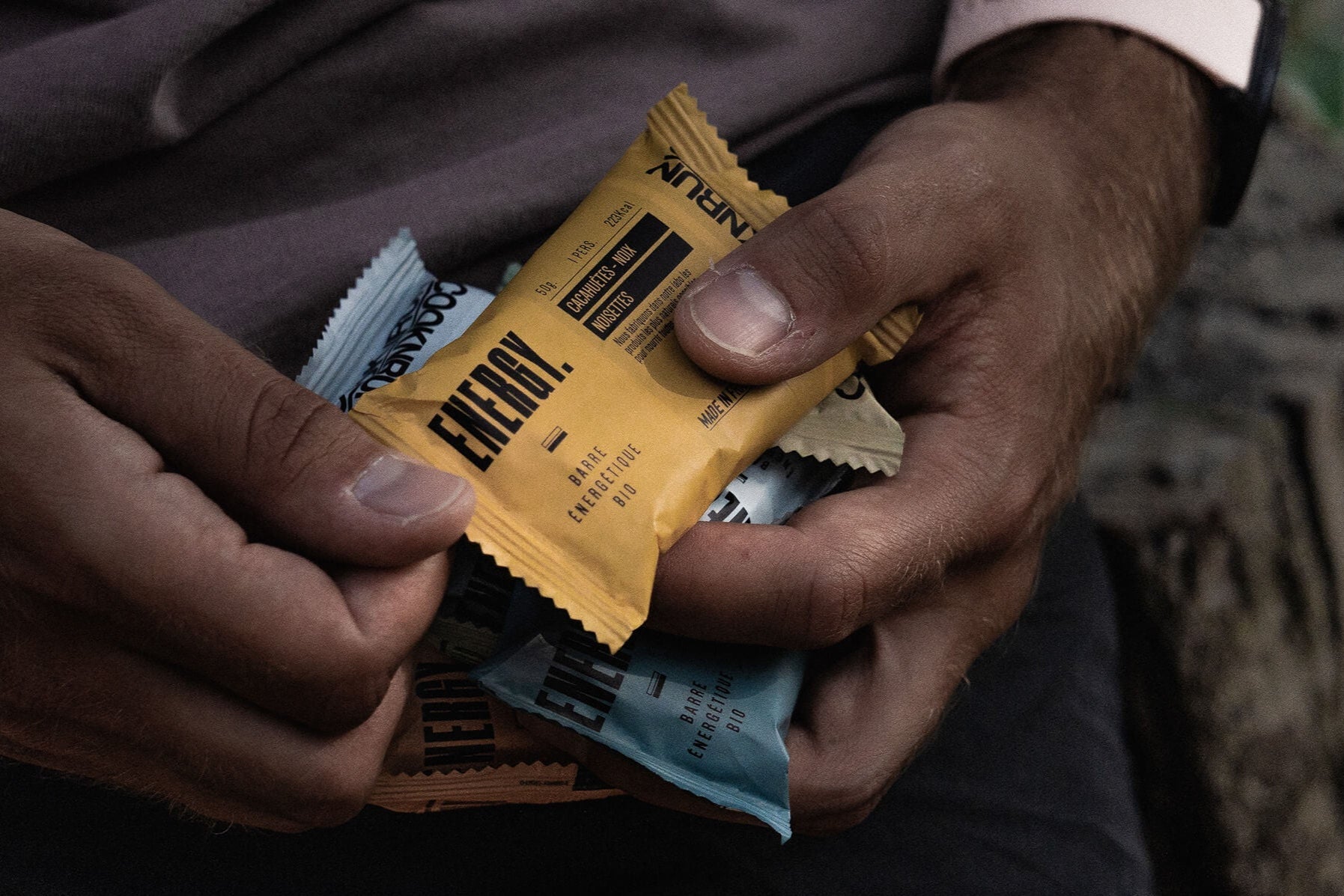Our vision of sports nutrition is underpinned by the notion of optimal health. We believe it is essential to create a state of health conducive to the development of physical qualities and metabolic adaptations. The role of nutrition in sports practice is to provide satisfactory responses to nutritional needs, both quantitatively and qualitatively. Ensuring macronutrient intake while minimizing the acidifying load and ensuring maximum intake of micronutrients of high biological value. We propose two simple, concrete principles that inform our daily practice.
The first is the ratio: 85/15 .
As part of a balanced omnivorous diet, we suggest that 85% of food sources come from the plant kingdom and 15% from the animal kingdom. This easily applicable ratio will generally ensure a good distribution of macronutrient intake as well as a high micronutrient density. It also has the advantage of ensuring low acidity potential. To achieve this ratio, everything starts at the time of shopping. If, at the checkout, the basket looks more like 50/50 than 85/15, it will be difficult to apply it on a daily basis. Let's first change our purchasing habits to invest in nutritional choices.
The second concept is: the 4/4 plate .
Most athletes' plates are "dual-food." Meat, pasta, fish, rice... As we saw previously, we emphasize alternating and multiple nutrient sources. We therefore propose a 4-zone plate construction. A plate "cut" into 4. A quarter of the plate is dedicated to carbohydrates, which we prefer to have a low glycemic index. Whole-wheat pasta, brown rice... Another quarter of the plate is reserved for proteins, where alternating sources will be essential. Meat, eggs, fish, or plant-based proteins (soy, legumes, etc.). The remaining two-quarters of the plate are thus available for two different kinds of vegetables. By offering two different sources of vegetables or raw vegetables at each meal, we ensure a significant intake of micronutrients. Thus, by playing the diversity card at the heart of the athlete's eating habits, we ensure that the body is provided with all the elements it needs.
We aim to make the fundamentals of sports nutrition accessible and applicable. 85/15 and 4/4 are the result of synthesizing and simplifying the concepts underlying sports nutrition. By seeking to respect them, the athlete can easily succeed in building a coherent diet, dense in nutrients and micronutrients of high biological value. This nutritional balance, once properly adapted, can be individualized according to the sporting practice, the period, and the training load.
It is also necessary to associate these two concepts with a notion of rhythm. The body is designed to alternate phases of food intake, digestion, and fasting. It is imperative to integrate these notions from a young age. It is recognized that eating three meals is fundamental in the organization of a typical day. Breakfast is a key and privileged moment for digestion. After emerging from the overnight fast, it is essential to provide the body with key nutrients. Skipping this first meal means starting the day with a debt (energy and micronutritional) that will be difficult to fill. Even more so for the athlete who trains in the morning. It is inconceivable to arrive at training without having eaten. We will ensure that the first meal is eaten early enough so that digestion does not hinder the effort. It will be composed of low and high GI foods. Let's take the image of a fireplace that we would like to heat quickly and for a long time. We'll use wood that burns quickly alongside wood that would take all morning to burn. Breakfast should be planned accordingly. We'll offer a sufficient intake of fresh fruit, which has the advantage of providing high micronutrient density, as well as low-GI cereals. Here's an example of a breakfast:
- A large glass of water.
- A hot drink.
- A bowl of wholegrain muesli-type cereal (oat flakes, dried fruit, nuts, etc.)
- Vegetable milk (soy, almond, oat, spelt, rice, etc.)
- Two different fresh fruits.
Or
- A large glass of water.
- A hot drink.
- Wholemeal bread slices
- Honey, jam, peanut butter
- Dried fruits, oilseeds.
- Two different fresh fruits.
Quantities will be adjusted individually. This breakfast is directly in line with the logic of diversity and nutritional density.
There's nothing better than building your plate with good nutrition with our range of freeze-dried meals that you can find here .









